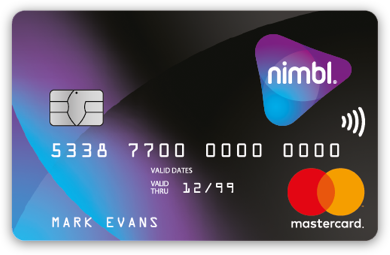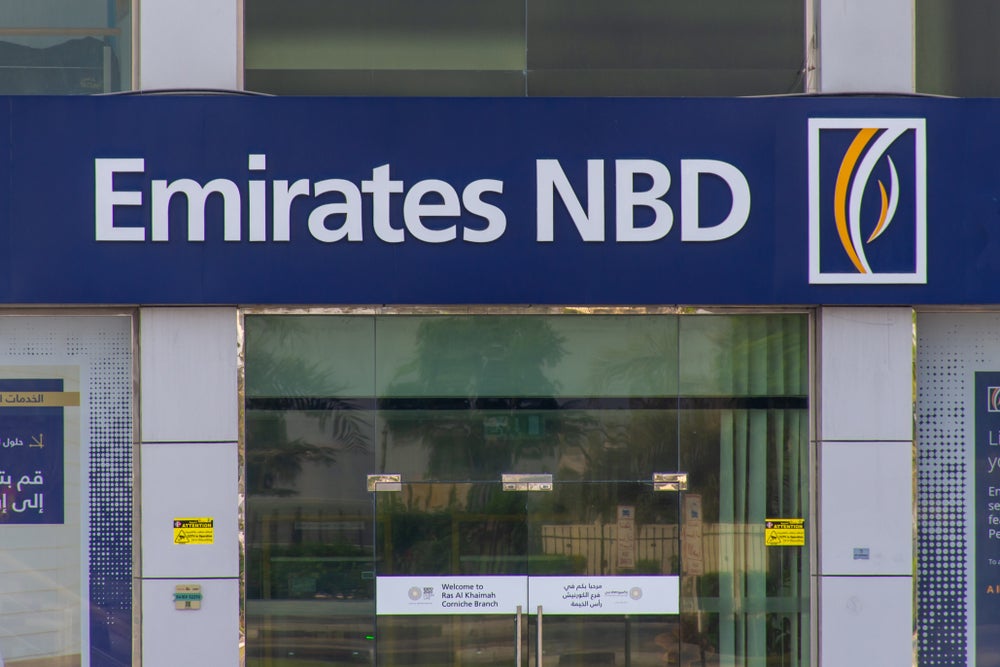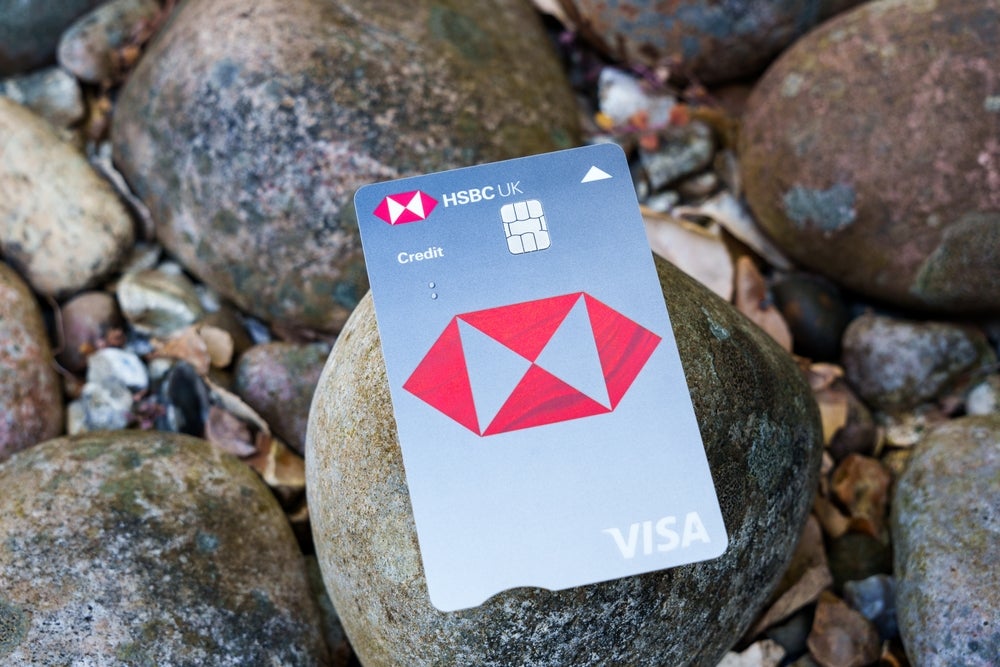
Kids online spending now accounts for almost 90% of all transactions as children increasingly give up on the high street.
E-commerce now accounts for 89% of all 8-18 year-olds transactions, up by 17 percentage points in a year.
The figures are released by prepaid and smartphone app for 8-18 year olds, nimbl.
Online transactions have grown significantly despite 50% of children claiming to prefer the experience of high street shopping. Almost 60% say it is more fun than online purchasing with 50% seeing it as a social event. Ultimately, it is convenience (47%) and variety (39%) that means kids online spending is soaring.
nimbl says that 67% of children and 66% of parents consider themselves to be brand loyal.
In testament to the power of social media, 29% of children stay loyal to brands because of influencers. Meantime 47% base their loyalty on kudos of a brand amongst friends. For parents, however, loyalty is based less on status, and more on practical concerns. 68% cite price and 61% quality, as the main determinants of their behaviour.
How well do you really know your competitors?
Access the most comprehensive Company Profiles on the market, powered by GlobalData. Save hours of research. Gain competitive edge.

Thank you!
Your download email will arrive shortly
Not ready to buy yet? Download a free sample
We are confident about the unique quality of our Company Profiles. However, we want you to make the most beneficial decision for your business, so we offer a free sample that you can download by submitting the below form
By GlobalDataKids online spending soars: other findings
- Parents aren’t influenced by their friends. Just 2% of parents would be prepared to swap brands following a friend’s recommendation, compared to 27% of children. Only 3% of parents would remain loyal to a brand because of an influencer;
- Parents support local: parents are more likely to shop in-store in order to support local shops and businesses (38%) than children (6%), and
- Children are more forgiving: only 3% of children would swap brands after a poor experience, compared to 14% of adults
Clint Wilson, founder of nimbl, says: “Generation Z has significant buying power and is making a significant and rapidly growing contribution to the consumer economy. This is a switched-on demographic, whose reliance on peers and influencers in purchasing decisions and brand selection, represents a seismic shift in behaviour for retailers.
“Convenience and price also factor highly in the influencing factors. In spite of children and teens preferring the social experience high street shopping affords, convenience of online is winning out.
“Today’s young spenders are as au fait spending online as they are in shops. They are growing up in a cashless society where money is an increasingly abstract concept. It is therefore essential that we instil in them financial literacy and good money management skills to best equip them for real-world spending.”








